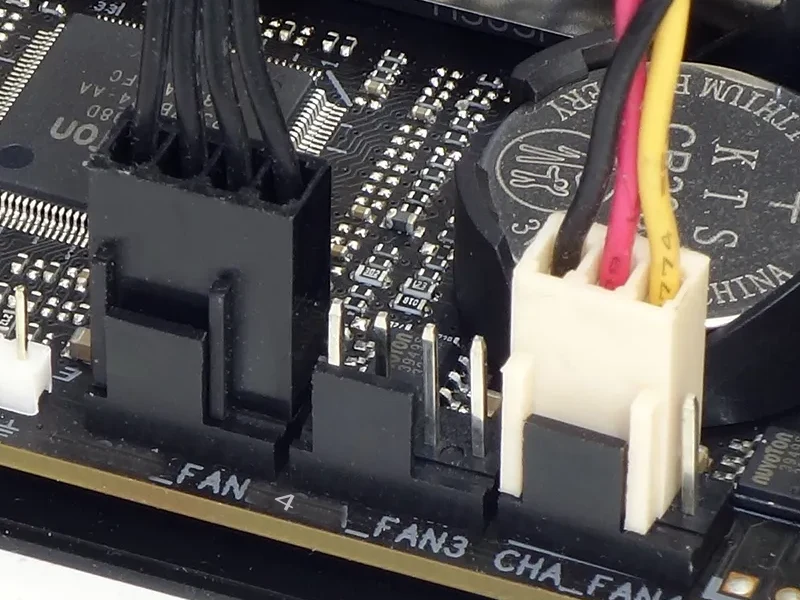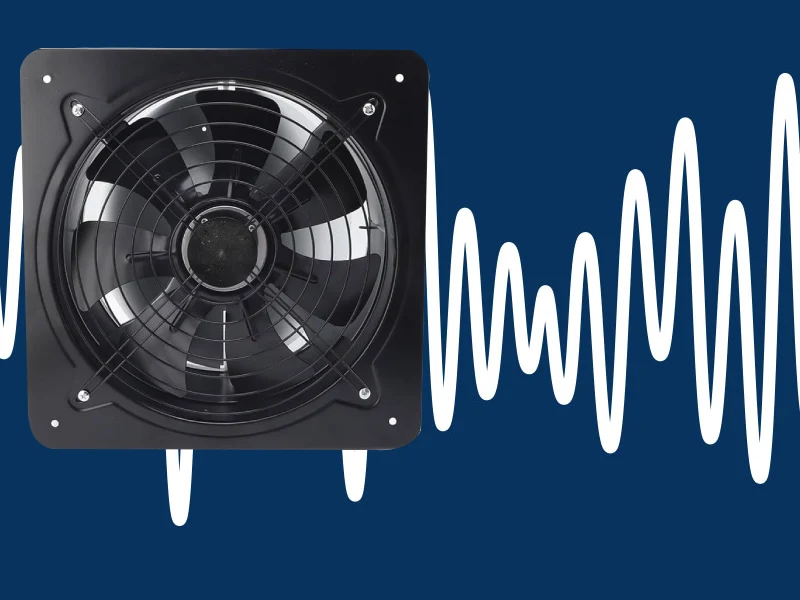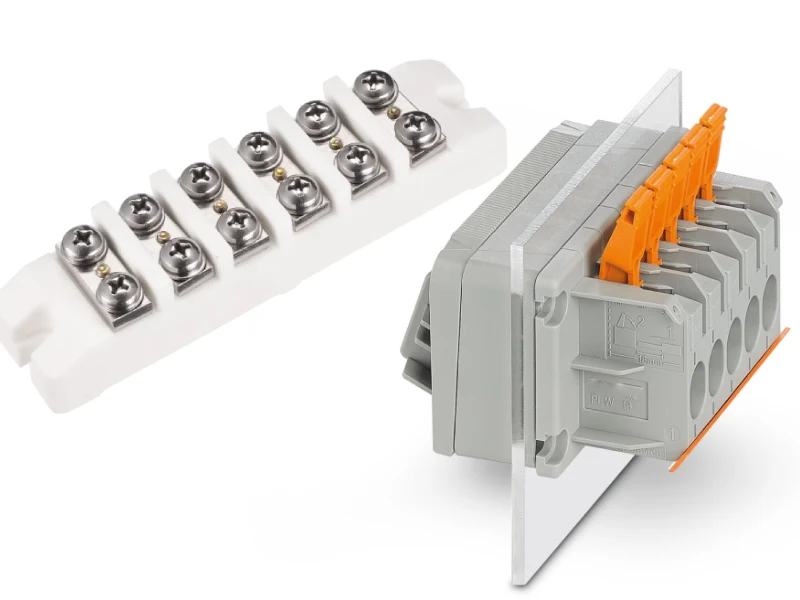Server room air conditioning keeps the server room and data center safe from big problems. Cooling problems cause about 12.5% of major server room outages each year. Many centers still use cooling systems made for people, not for the heat from IT equipment. When things get too hot, many risks can happen to security and data safety:
- Hardware can break and power supplies might stop working.
- Hard drives can stop working and you could lose data forever.
- Emergency shutdowns and fire systems can cause downtime or more damage.
A good air conditioning system is very important for every safe and efficient center.
Aircon for Server Room Key Takeaways
- Server room air conditioning keeps equipment safe. It keeps the temperature and humidity steady. This stops overheating and data loss.
- Picking the best cooling system depends on room size. It also depends on the layout and future needs. You can choose wall-mounted, ceiling cassette, ducted, water-cooled, or CRAC units.
- Regular maintenance and fast repairs help cooling systems work well. This lowers downtime and helps equipment last longer.
- Backup cooling, like portable units and extra systems, keeps things safe in emergencies. It also stops expensive outages.
- Choosing trusted brands and skilled contractors, like Linkewell, is important. This gives you good cooling, expert help, and long-lasting results.
Server Room Air Conditioning
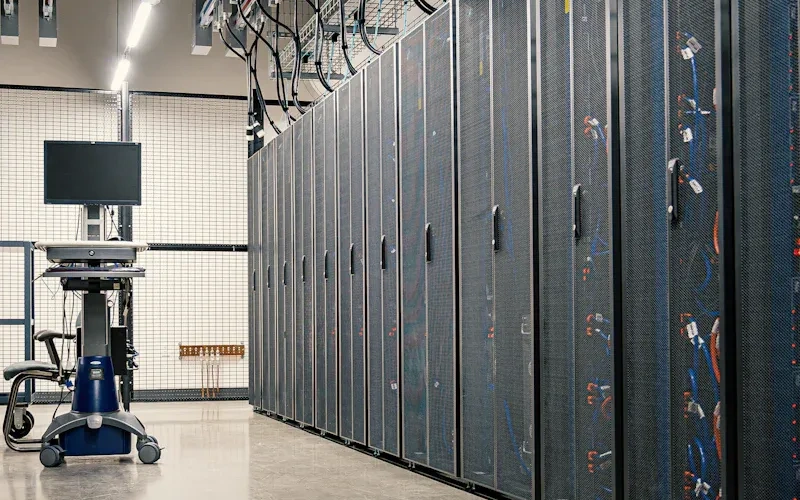
Why It Matters
Server room air conditioning is very important in data centers. These systems keep the room at the same temperature. This protects equipment from getting too hot. Balanced cooling stops quick changes in temperature. This keeps servers and electronics safe.
A good air conditioning system does more than cool the room. It controls humidity and filters out dust. It also keeps air moving. This helps hardware last longer and keeps data safe. Cooling systems like CRAC units, CRAH units, and in-row cooling give exact temperature control. Hot aisle and cold aisle setups keep warm and cool air apart. This makes cooling work better and saves energy. Good ventilation and exhaust systems take out hot air. This keeps the data center steady.
Note: Keeping the right temperature and humidity in the server room lowers the chance of downtime and expensive repairs. It also saves money by using less energy.
Risks of Overheating
If a server room gets too hot, big problems can happen. High heat makes CPUs, hard drives, and memory wear out faster. Dust blocks airflow and holds in heat. This can cause short circuits and make fans break sooner. If cooling stops working, servers might turn off suddenly. This can cause data loss and hurt equipment.
The dangers are not just about broken equipment. Hot server rooms can start fires, especially near things that burn easily. People working there can get sick from the heat. Overheating makes cooling systems work harder. This raises energy bills and makes the center less stable.
- Overheating can cause:
- Servers to shut down and lose data
- Servers to run slower and have more delays
- More money spent on fixing and maintaining equipment
- Higher risk of fire and safety problems
A good server room air conditioning system keeps the center safe, protects data, and helps everything work well.
Types of Server Room Air Conditioners
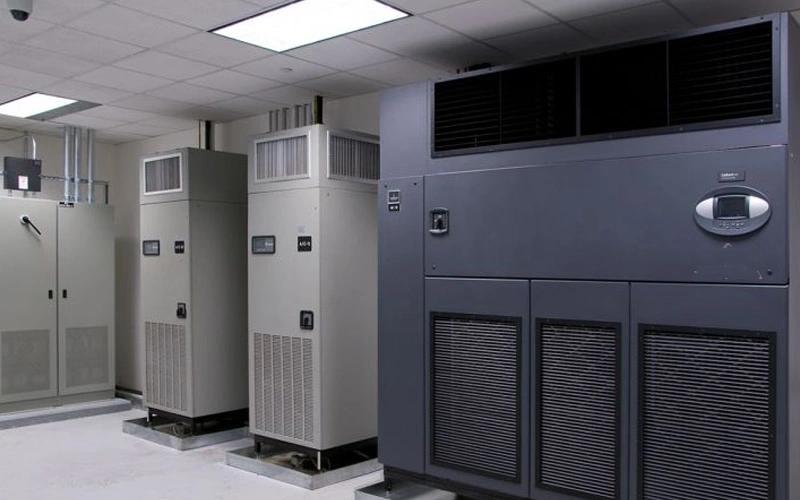
Wall Mounted Units
Wall mounted units are easy to put in because they do not need ducts. They let you set the temperature exactly how you want. These units are quiet, so they are good for places where noise is a problem. You need space outside for the compressor. They do not work well in big server rooms. Wall mounted units are best for small or medium server rooms. They are good if you want quiet and flexible cooling.
| Advantages | Disadvantages |
|---|---|
| Easy to install | Needs space outside for compressor |
| Quiet when running | Not good for big server rooms |
| Exact temperature control | Hard to use in large spaces |
Ceiling Cassette Units
Ceiling cassette units go in the ceiling. This saves space on the floor. They blow cool air in different directions. This helps keep the whole room cool. These units are small and quiet. They are good for small or medium rooms, especially with drop ceilings. You can move the louvres to change where the air goes. Putting them in does not cause much trouble.
- Air moves evenly and keeps equipment safe.
- They use less energy and save money.
- Their look keeps the room tidy.
Ducted Units
Ducted units send cool air through ducts in the ceiling or walls. They cool big rooms the same way everywhere. These units are good for large server rooms. But putting them in is hard and costs more money. You need experts to help and must clean the ducts often. Ducted units are quiet inside the room. If not planned right, some spots may not get enough cool air.
Water Cooled Units
Water cooled units work well where it gets very hot. They use water to move heat away. This makes them work better and stay quiet. These units fit in small spaces and do not need exhaust ducts. But they always need water and must be checked often. Water cooled units are best when you want to save energy and keep things quiet.
CRAC Systems
CRAC systems are made for server rooms and data centers. They keep the temperature and humidity just right. These systems use smart controls to watch and change the air. CRAC systems run all the time. They help cool racks with lots of equipment. They stop big changes in temperature or humidity. This keeps IT equipment safe and helps centers get green awards.
Cabinet Air Conditioner by Linkewell
The Linkewell cabinet air conditioner is very good at keeping electronics safe in tough places. It has IP54/IP65 protection, inverter compressors, and smart controls. It can handle dust, water, oil, and very hot or cold weather. This keeps the air inside cabinets cool and steady. The unit uses strong materials and tight seals to stop dirt from getting in. It has special fans and lets you check it from far away. This helps it work well and saves money. Linkewell’s cabinet air conditioner keeps server rooms, telecom boxes, and factories cool. It helps equipment last longer and stops breakdowns.
Tip: If your server room is in a tough place or outside, a cabinet air conditioner is the best way to keep electronics safe and working for a long time.
Air Conditioning System Selection
Room Size and Layout
Picking the right air conditioning system starts with knowing your room. You need to look at how big the room is and its shape. The number of racks and how they are set up matters too. The way racks are placed can help keep hot and cold air apart. This helps cooling work better. First, measure the room and check the ceiling height. Next, look at where the racks and equipment are. Hot aisle and cold aisle setups help keep air balanced. You should also figure out how much heat all the equipment makes. This tells you how much cooling you need. Think about adding more servers later. Pick a system that can grow with you. Check if the ceiling is high enough and if there is space for the unit. Small rooms often use wall-mounted units. Medium rooms use ceiling cassette systems. Big server rooms need ducted units or CRAC systems. Raised floors with CRAC units push cool air to the racks. Water-cooled systems are good if you cannot put a condenser outside.
Tip: If you plan for more equipment now, you will not have to spend extra money or stop work later.
Compressor Technology
Compressor technology is very important for how well the system works. New compressors help keep the temperature just right. This protects your electronics. Modern compressors change quickly when the room gets hotter. This stops overheating. If one compressor fails, another can keep working. Inverter-driven compressors save energy by changing how hard they work. Small compressors fit in tight spaces. This is good for crowded rooms. Some compressors have sensors to find problems early. This helps you fix things before they break. Modular compressors are easy to put in and fix. This keeps the system running well. A good compressor helps the server room stay cool and makes equipment last longer.
Energy Efficiency
Energy efficiency helps save money and keeps things running well. The Energy Efficiency Ratio, or EER, shows how much cooling you get for each watt used. A higher EER means the system uses less power. This saves money. SEER and IEER ratings also help you compare systems. These ratings show how well systems work in different conditions. Make sure the system size matches the heat in the room. If the unit is too big, it may cool fast but not remove enough humidity. The right size system runs longer and works better. Picking a system with a high EER and the right BTU rating lowers costs and keeps the room steady.
Placement and Installation
Where you put the air conditioning system changes how well it works. Wall-mounted units save floor space and work best near hot spots. Ceiling cassette units should go in the middle of the ceiling. This spreads cool air everywhere. Floor-standing chillers can be put away from the servers. This keeps noise and heat out of the main room. Ceiling-suspended units cool from above and are easy to add later. Good placement stops hot spots and keeps cooling even. Putting cabinets back-to-back makes hot and cold aisles. This saves energy. Exhaust chimneys at the top help get rid of hot air fast. If you put the unit in the wrong place or pick the wrong size, you waste energy and might break equipment. Ask HVAC experts to help you pick and install the right system for your room.
Brand and Contractor Choice
It is important to pick a good brand and a skilled contractor. Choose brands that are known for server room cooling, like Linkewell. Contractors should know how to work with commercial HVAC systems. They must understand how to control temperature and humidity. Contractors need to know how to figure out how much cooling you need. They should be good at picking the right size and putting it in the right way. Good brands make strong, efficient units with smart controls. They also offer help and repairs after you buy. Picking a trusted brand and contractor keeps your equipment safe and helps your system last longer.
Note: If you choose a good brand and a skilled contractor, your equipment will be safer and your system will work well for a long time.
Maintenance Best Practices
Routine Checks
Having a regular maintenance plan keeps the server room safe. Skilled technicians should check cooling systems often to stop problems. They look at filters, airflow, and how well the system works. Technicians also find hot spots and watch temperature and humidity. Good airflow planning, like cold aisle and hot aisle setups, helps cooling work better. Cable management lets air move and stops heat from building up. Backup cooling units, like portable air conditioners or high airflow fans, protect the server room if the main system fails.
Routine checks include:
- Changing filters and cleaning coils
- Checking airflow and looking for blockages
- Watching temperature and humidity in different places
- Testing backup cooling solutions
- Calibrating thermostats for correct control
Tip: Regular checks and fast repairs help stop costly downtime and keep equipment working longer.
After-Sales Support
Strong after-sales support helps keep the server room running well. Well-trained HVAC technicians handle setup, maintenance, and emergency repairs. Fast help lowers the risk of downtime. Many companies give 24/7 support and a resource portal for easy fixes. Preventive maintenance, like changing filters and cleaning coils, helps cooling equipment last longer. Real-time monitoring and automated controls keep the server room at the right temperature. Data from these systems helps with upgrades and keeps everything current.
Key benefits of after-sales support:
- Fast help for service and repair needs
- Regular checks to find problems early
- Access to expert advice for system updates
- Continuous monitoring for quick action
Linkewell Service Advantages
Linkewell has over 15 years of experience in enclosure and control cabinet cooling. Their team gives expert advice to pick the right cooling solution for any server room. Linkewell’s products use certified parts and work in tough places, like dust, humidity, and high heat. The company gives regular maintenance tips, like changing filters and cleaning for each season. Remote monitoring and digital controls let users track temperature and get alerts from anywhere. Fast delivery and global support help keep things running well. Linkewell also offers OEM customization for special project needs.
| Linkewell Advantages | Description |
|---|---|
| Engineering Expertise | Over 15 years in cabinet cooling |
| Certified Components | UL, CE, RoHS for safety and durability |
| Harsh Environment Ready | Works in dust, humidity, and high heat |
| Remote Monitoring | Digital controls and alerts for easy management |
| Fast Support | Quick delivery and global service |
| Customization | OEM/private-label options for tailored solutions |
Note: Picking Linkewell means you get reliable cooling, expert help, and peace of mind for any server room.
Emergency Server Room Air Conditioning
Backup Solutions
Every server room should have an emergency plan. If the main cooling stops, backup cooling keeps things safe. Data centers use different backup models. The N+1 model adds one extra cooling unit. The N+2 model adds two extra units for more safety. The 2N model doubles the whole cooling system. This means every unit has a backup. Distributed redundancy spreads work across many units. If one breaks, others keep working.
Backup systems often have two power sources. This keeps cooling on during blackouts. Automated systems watch for problems and turn on backups fast. Some centers use liquid cooling, like chilled water loops or direct-to-chip cooling, to help air systems. These steps protect the server room from getting too hot and stopping work.
Tip: Check for risks often, train staff, and work with rental companies. This helps you act fast in emergencies.
| Emergency Cooling Solution | Description | Application in Server Rooms |
|---|---|---|
| Portable Air Conditioners | Fast, strong cooling for small and medium rooms | Good for server rooms that need quick help when HVAC fails |
| Spot Coolers | Cools certain spots or racks | Stops server racks and important equipment from getting too hot |
| Chillers and Air Handlers | Strong cooling for big needs, works with HVAC | Best for long outages in large data centers |
| Preparation Steps | Check risks, rent units, train workers, do regular checks | Makes sure you can act fast and fix problems in emergencies |
Portable Units
Portable units give quick and easy cooling in emergencies. Spot coolers cool hot spots or single racks. These units move a lot of air and set up fast. Event air conditioning units cool bigger spaces and cover the whole room. Portable air conditioners are cheap and good for small server rooms. They keep things cool and stop downtime.
Some portable units, like the Dantherm AC 7000, have smart controls and remote checks. These features let staff control cooling from anywhere. Portable chillers and mobile air handlers help big data centers during long outages. Renting these units lets you get them fast without changing your main HVAC.
- Use portable air conditioners for quick help.
- Keep network cables neat to help air move.
- Keep the server room between 68 and 70 degrees Fahrenheit.
- Put in special cooling systems for safe emergency server room air conditioning.
Portable units keep things safe and protect equipment until the main system works again.
Picking the best air conditioning system takes a few steps. First, look at how big the room is. Next, put units in places that spread cool air everywhere. Make sure to check and fix the system often. Using energy-saving systems helps save money and keeps things steady. Getting help from experts makes sure the center works well and does not stop. Have a backup plan for cooling if something breaks. This keeps equipment safe. If you need special help, talk to experts or contact Linkewell.
Good cooling keeps every data center safe and working well.
FAQ
What temperature should a server room stay at?
Experts say server rooms should be between 68°F and 77°F. This keeps equipment from getting too hot. It also helps everything work well.
How often should technicians check server room air conditioning?
Technicians need to check cooling systems every three months. Regular checks help find problems early. This keeps equipment safe and working.
Why is humidity control important in server rooms?
Humidity control stops static electricity and water drops. Both can hurt electronics. The right humidity keeps equipment safe and helps it last longer.
Can portable air conditioners serve as a permanent solution?
Portable units are best for emergencies or short times. They do not give steady cooling for long-term use.
What makes Linkewell cabinet air conditioners stand out?
Linkewell units have IP54/IP65 protection, inverter technology, and digital controls. These features give strong cooling, save energy, and work well in tough places.
Conclusion
Choosing the right aircon for server room setups is critical for preventing overheating, data loss, and equipment failure. Proper server room air conditioning ensures stable airflow, temperature control, and humidity balance—essential for IT uptime. Precision cooling units or dedicated systems are ideal. Remember, efficiency and scalability matter when selecting your cooling solution for long-term system reliability and energy savings.

